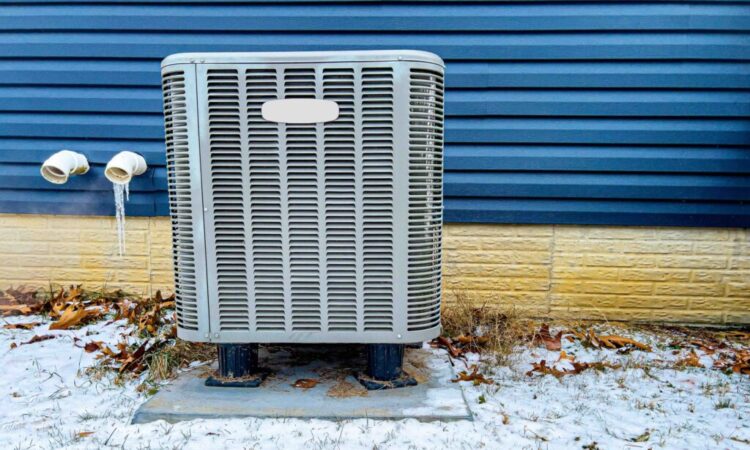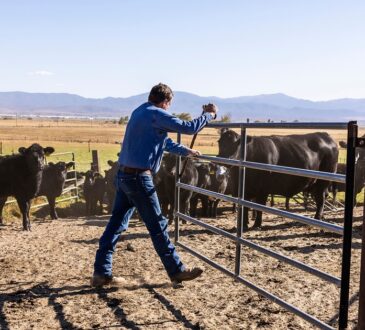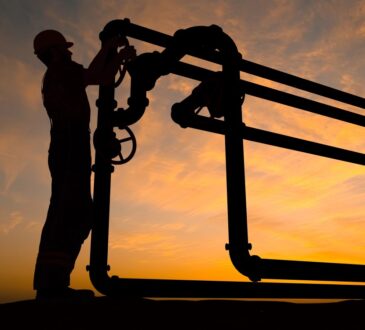
Federal funds for an energy assistance program haven’t arrived, delaying relief even as utility costs mount. (Photo by Jim Still-Pepper/iStock via Getty mages)
A state program designed to alleviate utility costs for low-income Pennsylvanians hasn’t kept up with the need, advocates say, and the ongoing federal shutdown means payments haven’t yet hit the commonwealth’s coffers.
The Low-Income Home Energy Assistance Program, or LIHEAP, gets its funding from the federal government, which is now in the seventh week of the longest-ever shutdown. It planned to start accepting applications on Nov. 3, but last month the state Department of Human Services delayed the program’s opening day to Dec. 3 because it hadn’t received its allotted dollars.
But just one-third of Pennsylvanians who qualified for the program last year applied, and disconnections are up in recent months — signaling that more help is needed.

Elizabeth Marx, Executive Director of the Pennsylvania Utility Law Project. (Photo from the Pennsylvania Utility Law Project)
“We’ve, for several years, had a growing energy affordability crisis, and it gets worse with each passing year because we’re not addressing it in the way that we need to,” said Elizabeth Marx, the executive director of the Pennsylvania Utility Law Project and chair of the LIHEAP Advisory Committee.
Marx said that, even with LIHEAP and utility-run assistance, the need is still “tremendous,” especially as costs soar with the addition of power-hungry data centers and limited grid capacity.
Lower-income residents have a harder time shouldering such increases. Nearly 338,000 Pennsylvanians had their utilities disconnected in the first nine months of 2025, a 16% increase from the previous year.
Eligibility for LIHEAP tops out at 150% of the federal poverty level, or $48,225 for a household of four.
Per year, people can expect to receive somewhere between $200 and $1,000 in a one-time payment to offset their utility costs — though the average benefit in 2024 was $336. According to the annual federal report, almost 303,000 households benefited from the $231 million program in 2024.
SUBSCRIBE: GET THE MORNING HEADLINES DELIVERED TO YOUR INBOX
Last week, the state’s utility providers said they wouldn’t cut off heat or lights for people who can’t pay their bills in November due to the federal shutdown, in an agreement with the Public Utility Commission.
But researchers warn that reopening the federal government won’t immediately release those dollars, since the entire staff was laid off by the Trump administration in April. Congress has already chosen to fund LIHEAP for 2026.
“It is unlikely that other sources of funding can fill in the gaps if states do not receive LIHEAP funds from the federal government,” wrote a group of academics for The Conversation last week. “The program’s funding has never been high enough to meet the need.
“Our research has found that, in practice, many households rely on a range of local nonprofits, faith-based organizations and informal networks of family and friends to help them pay their bills and keep the heat on in winter,” they added.
Qualifying for assistance
The state prohibits utility companies from disconnecting heat or electricity between Dec. 1 and March 31 for consumers earning 250% of the federal poverty level or less — $80,375 for a family of four. This moratorium doesn’t let Pennsylvanians off the hook for payments, however, and more than 300,000 people depend on LIHEAP to pay their bills.
Last week’s announcement effectively moves that moratorium date up one month.
The moratorium does give people a reprieve, but only Pennsylvanians with certain types of utilities qualify. Households who warm up their homes with deliverable fuels — such as oil, propane, kerosene, wood or coal — aren’t regulated by the state Public Utility Commission that oversees it.
Each utility also offers assistance programs with varying eligibility requirements.
Rural electric cooperatives and municipal utilities also don’t qualify — but those consumers can still access LIHEAP.
LIHEAP funding also includes crisis assistance and weatherization grants, which cost $77 million and $4 million, respectively. The state spent $105 million on heating assistance alone in 2024. Across all aid groups, 73% of grants went to households with a vulnerable member, defined as homes with an elderly resident, a child or someone with a disability.
Though the state has supplemented LIHEAP funding in the past — most recently during the COVID-19 pandemic — but a LIHEAP press release from the Governor’s Office said, “Pennsylvania cannot backfill these costs.” Congress determines the money granted to states through a formula, while the submitted state plan outlines the minimum and maximum awards.
“LIHEAP has, for over 40 years, provided safe and warm homes for Pennsylvanians across the state. It’s critically important to the health and safety of Pennsylvanians and the inability to access (assistance through the program) is of great concern,” Marx said.
Marx listed additional concerns for Pennsylvanians struggling to pay their utility bills, and worried about people trying to balance those costs.
“We are going to have a lot of families who are forgoing food, medicine, medical care, child care and other basic needs in order to keep energy on in their home,” said Marx. “It’s really important that we all work together to solve this crisis.”




